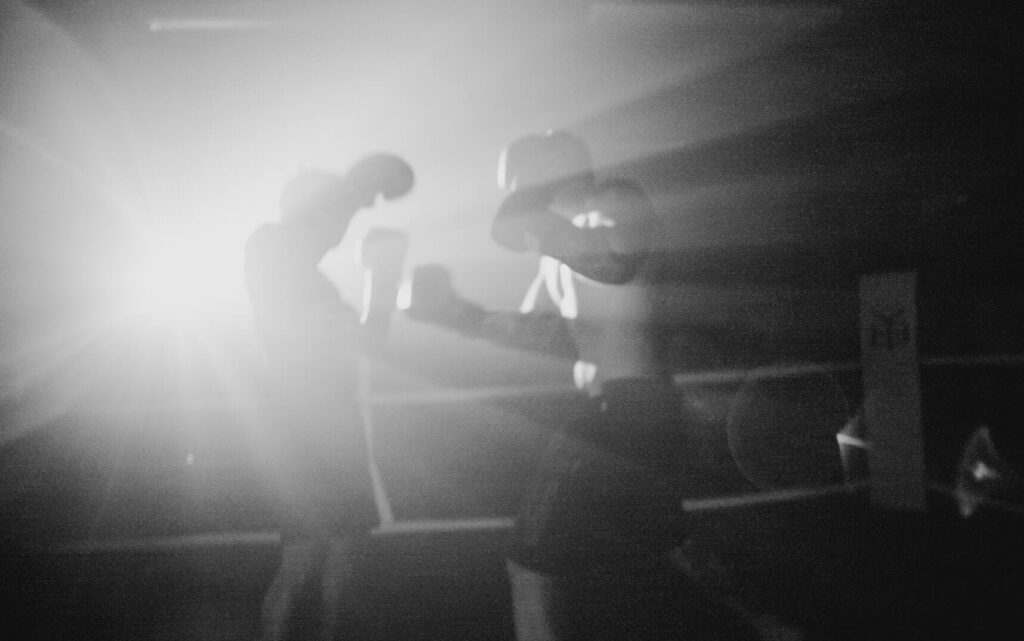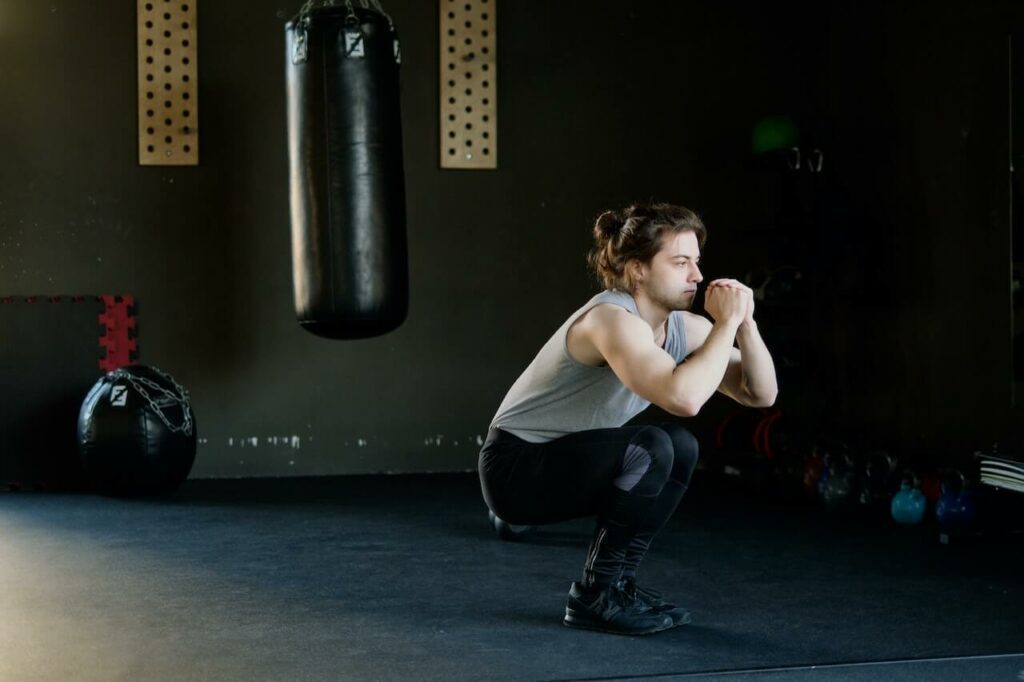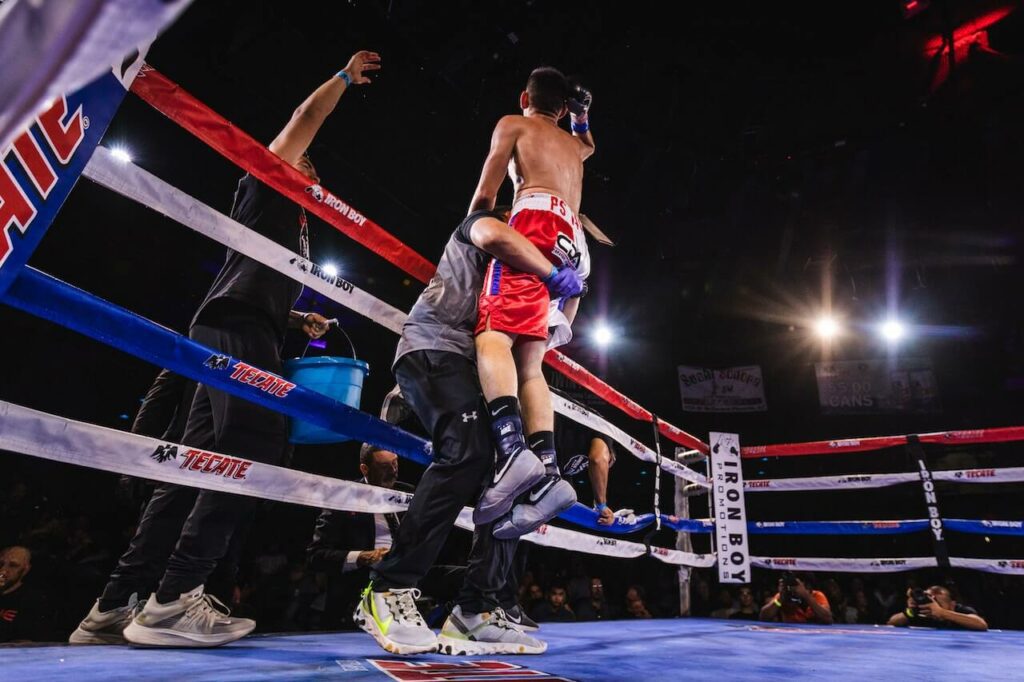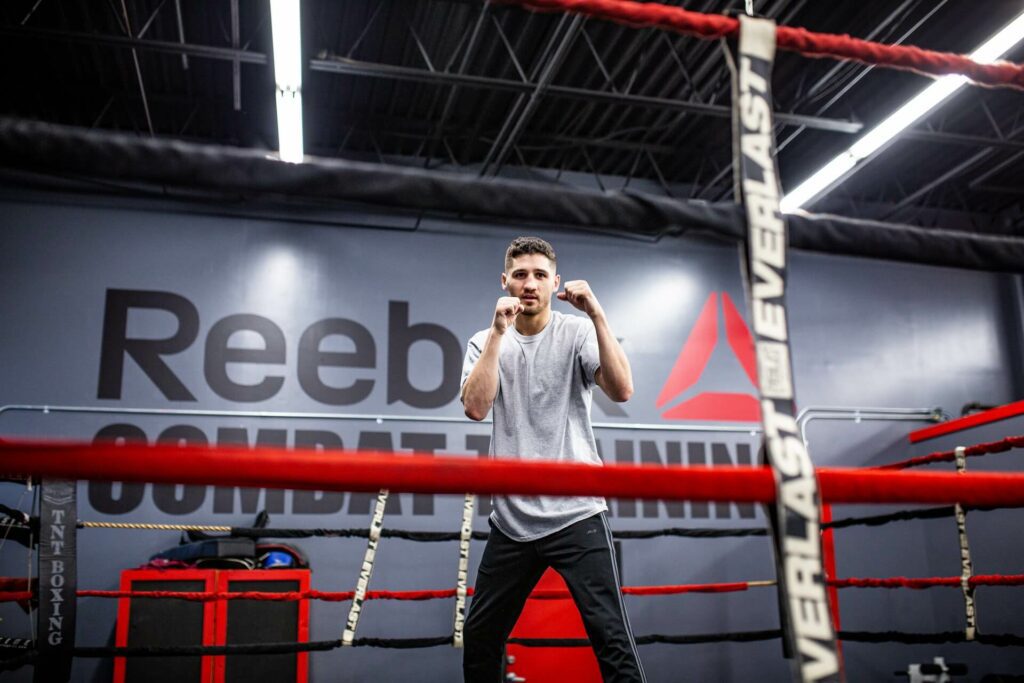Introduction
Boxing is a sport that has been around for centuries. Over the years, the techniques and styles of boxing have evolved, with each era bringing its unique characteristics and features. One such era is the “Oldschool Boxing” era, which is characterized by a specific set of techniques, exercises, and boxing giants to be long remembered in the sport of boxing.
So What Exactly Oldschool Boxing Means?
Oldschool Boxing refers to the era of boxing that spans from the late 1800s to the mid-1900s. During this period, boxing was a raw and brutal sport that involved minimal protective gear, and fighters relied on their pure strength, endurance, and skill to outlast their opponents. Oldschool boxers used a unique set of techniques, such as the bob-and-weave, cross-counter, and the classic one-two punch. These techniques were honed through rigorous training and conditioning and required immense physical and mental strength.
Oldschool boxers were known for their ability to endure long bouts (up to 15 rounds) and maintain a high level of stamina. They often engaged in grueling training regimes, which included running long distances, lifting heavy weights, and performing calisthenics. These exercises were designed to build their strength, agility, and endurance, which were essential to their succeed in the ring.
What Does Oldschool Exercises Means?
Oldschool exercises refer to the training routines and exercises that were commonly used by boxers during the oldschool era. These exercises were designed to build strength, stamina, and agility and were performed regularly to prepare boxers for their fights.
One of the most popular oldschool exercises is shadowboxing. Shadowboxing involves a boxer practicing their moves and techniques without an opponent. This exercise helps boxers improve their footwork, balance, coordination, and evasion capabilities, which are essential for success in the ring.
Another popular exercise was roadwork, which involved running long distances to build endurance and stamina. Boxers would often run several miles every day, sometimes while carrying weights by their hands or wearing weighted vests to increase the intensity of the workout.
Weightlifting was also a crucial part of oldschool training regimes. Boxers would lift heavy weights to build strength and power, which were essential for delivering their knockout punches. However, unlike modern weightlifting, which focuses on building bulky muscles, oldschool weightlifting focused on building functional strength, muscle endurance, and stamina endurance.
Finally, calisthenics was an essential part of oldschool training. Calisthenics involves bodyweight exercises such as push-ups, pull-ups, squats, and lunges. These exercises helped boxers build strength and agility.
What is the “Era Of Giants” in Boxing?
The “era of giants” in boxing refers to the period between the 1920s and the 1950s when boxing saw some of its most iconic and dominant boxers. Arguably the best boxers the sport has ever seen. These boxers were known for their immense physical and mental strength, and each had a unique fighting style and technique.

The “era of giants ” was also known as an era of fighters that weren’t afraid to lose their record. Each boxer fought whomever boxer was the current champion without any concerns or fear of losing and damaging their boxing record, in contrast to today’s boxers, where each is protecting his padded record and ending up not fighting the other elite fighters in their weight class to stay safe on their position and not risk their boxing record.
The oldschool fighters were different in their mentality and overall skills. One of the most prominent figures of this era was Joe Louis, who reigned as the heavyweight champion from 1937 to 1949. Louis was known for his powerful right hand and devastating punching power, which earned him the nickname “The Brown Bomber.” He was also known for his remarkable durability, which allowed him to absorb punishment and keep fighting even in the face of adversity.
Another iconic boxer from this era was Rocky Marciano, who is considered by many to be the greatest heavyweight of all time. Marciano was known for his relentless pressure, iron chin, and incredible punching power. He retired undefeated, with a record of 49-0, and is still regarded as one of the most dominant fighters in boxing history.
Let’s not forget the legendary Muhammad Ali, who was known for his characteristics, tremendous charisma, and boxing skills. He ended up with 56 wins and 5 losses with 37 knockouts. He had won a gold Olympic medal in his amateur career and was a three-time world heavyweight boxing champion. Dancing in the ring like a batter fly and making heavyweights miss and punch the air, the true G.O.A.T (Greatest of all times) of boxing.
Other notable boxers from the era of giants include Jack Dempsey, Sugar Ray Robinson, Joe Frazier, George Forman, Sonny Liston and many more. These boxers were known for their unique styles, incredible skill, and unwavering determination, which made them legends in the sport of boxing.
Summary
Boxing has come a long way since its early days, and the Oldschool era of boxing is a testament to the sport’s evolution and is also a memory of the huge times of boxing. The techniques, exercises, and giants of this era have left an indelible mark on boxing history and continue to inspire and influence modern fighters.
While boxing has changed significantly since the Oldschool era, many of the training methods and techniques used during this time are still used today. Boxers still use shadowboxing, roadwork, weightlifting, and calisthenics to build strength, agility, and endurance. And while modern protective gear has made boxing safer, fighters still rely on their physical and mental toughness to outlast their opponents.
The era of giants in boxing also serves as a reminder of the incredible athleticism and skill that goes into the sport and beyond. Boxers like Joe Louis, Rocky Marciano, and Muhammad Ali inspired generations of fighters with their talent, quotes, determination, and resilience. And their legacies continue to live on, inspiring boxers to strive for greatness and achieve their full potential.
In conclusion, oldschool boxing, oldschool exercises, and the era of giants in boxing are all significant parts of boxing history that continue to influence the sport today. By studying and learning from the past, boxers can continue to push the boundaries of what is possible and inspire new generations of fighters to achieve greatness in the ring.




